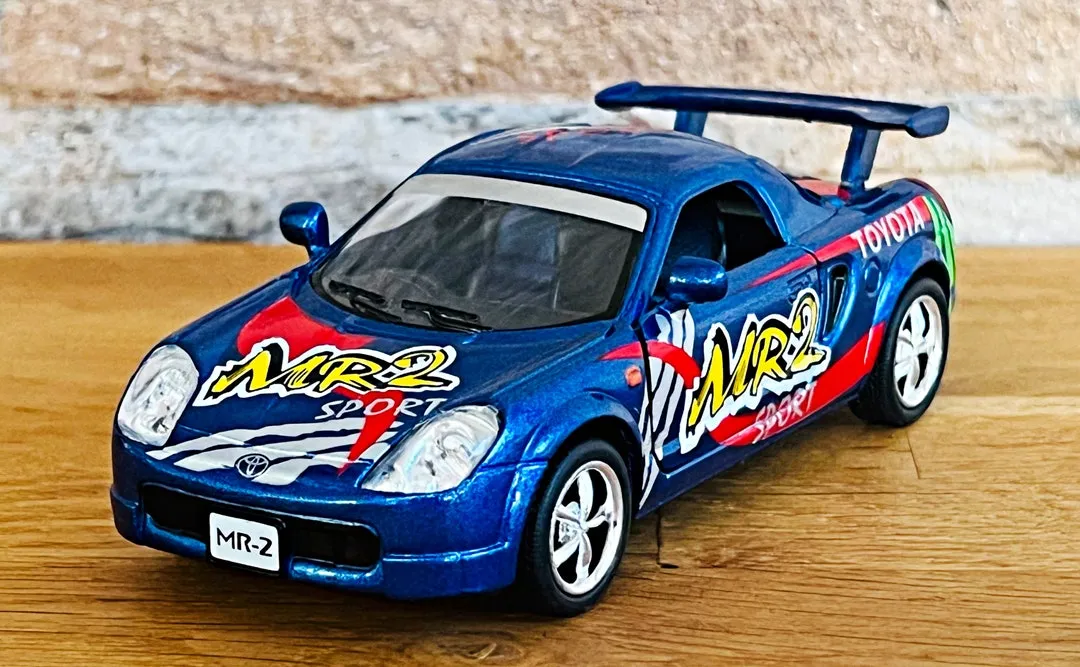What are Diecast Model Cars
Diecast model cars are miniature replicas of real-life vehicles, meticulously crafted using a die-casting process. This involves injecting molten metal, typically zinc alloy, into molds to create highly detailed and accurate representations. These models come in various scales, from the tiny (1:64) to the larger (1:18), each offering a unique level of detail and complexity. They are not just toys; they are collectible items, prized for their accuracy, craftsmanship, and ability to capture the essence of automotive history. Diecast cars have become a significant part of the collecting world, attracting enthusiasts of all ages who appreciate the artistry and history behind these miniature marvels. Collecting diecast model cars can be a very rewarding hobby, providing enjoyment and an appreciation for automotive design.
History and Evolution of Diecast Model Cars
The history of diecast model cars stretches back to the early 20th century, with the earliest examples appearing in the pre-World War II era. Initially, these models were simple and primarily made for children’s play, but over time, they evolved in sophistication. The post-war period saw significant advancements in die-casting technology, leading to more detailed and realistic models. Manufacturers began to focus on replicating specific vehicles accurately, catering to a growing adult collector market. The materials used also improved, with the introduction of zinc alloys that allowed for finer details and greater durability. Today, the evolution continues with the integration of advanced manufacturing techniques and the use of high-quality materials.
The First Diecast Models
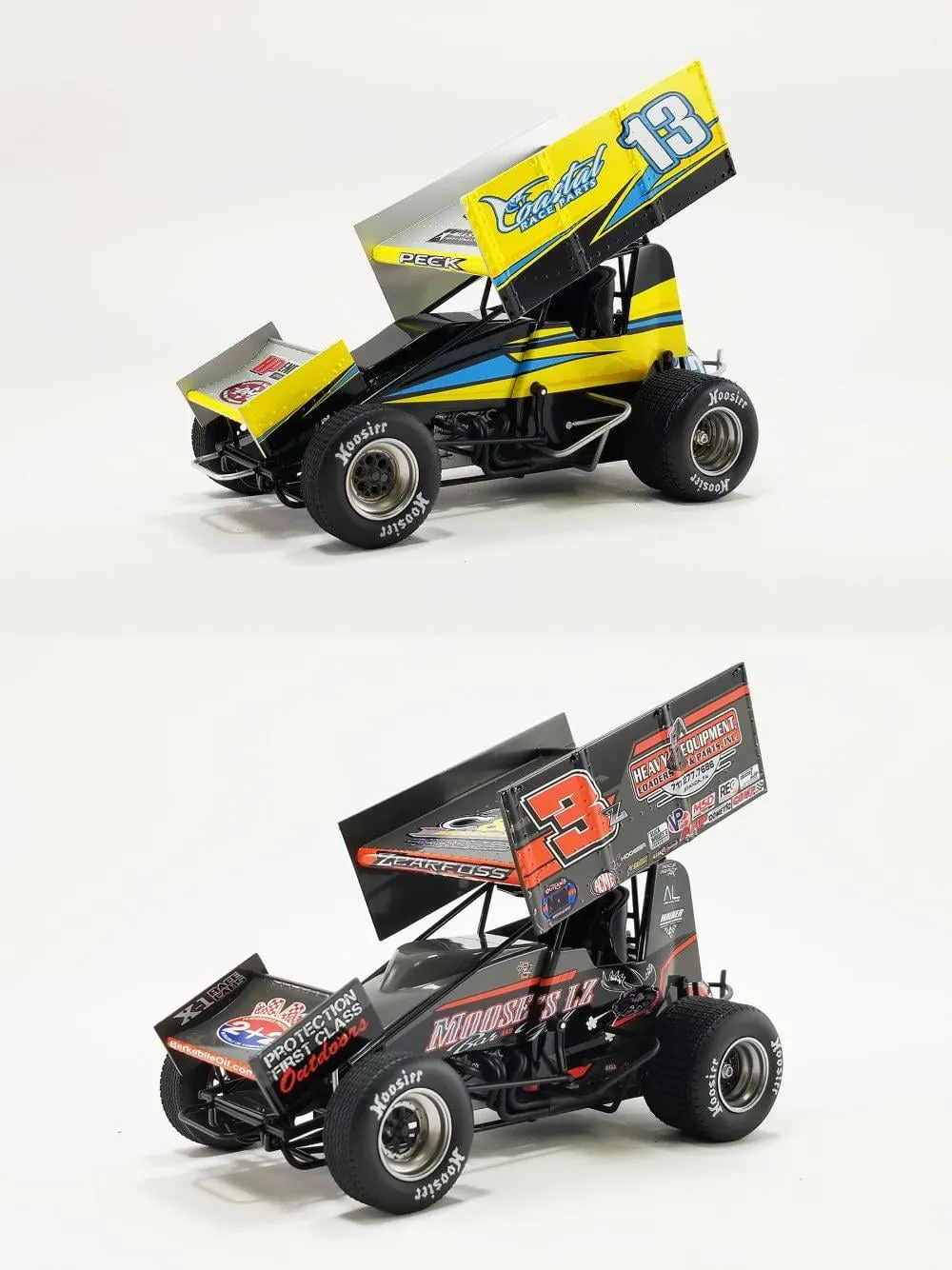
The earliest diecast model cars emerged in the early 1900s, primarily in Europe, with manufacturers like Dinky Toys and Corgi Toys leading the way. These initial models were basic in design, often featuring simple paint schemes and limited detail. The primary focus was on creating durable toys suitable for children. However, these early models laid the foundation for the future of diecast collecting. They introduced the concept of miniature replicas, sparking an interest in automotive design and engineering. These early models are now highly sought after by collectors, serving as tangible links to the history of both toys and the automobile industry. These vintage pieces offer a glimpse into the early days of diecast production and the evolving craftsmanship.
Materials Used in Diecast Model Cars
The materials used in diecast model cars are crucial to their quality and durability. The primary material is zinc alloy, often referred to as ‘diecast metal.’ This alloy is ideal for the die-casting process due to its low melting point and ability to capture fine details. Other materials include plastics for interior components, tires, and some body parts, along with rubber for the tires. Paint and decals are applied to create the final appearance, and manufacturers often use high-quality paints to ensure a realistic finish. The combination of these materials creates a product that is not only detailed but also can withstand the test of time. The choice of materials directly impacts the model’s value and appeal to collectors.
Why Collect Diecast Model Cars
Collecting diecast model cars offers numerous benefits beyond mere enjoyment. For many, it’s a nostalgic journey, rekindling childhood memories of favorite cars. It provides an avenue to connect with history and automotive design. The detailed craftsmanship and accuracy of these models are a form of art, appealing to those who appreciate precision and artistry. The hobby offers social interaction, connecting collectors worldwide, and the potential for financial investment, with rare models appreciating in value. It’s a versatile hobby, easily adaptable to different interests and budgets. Diecast collecting is more than a hobby, it’s a passion for those who admire these miniature representations of automotive history.
The Hobby of Collecting
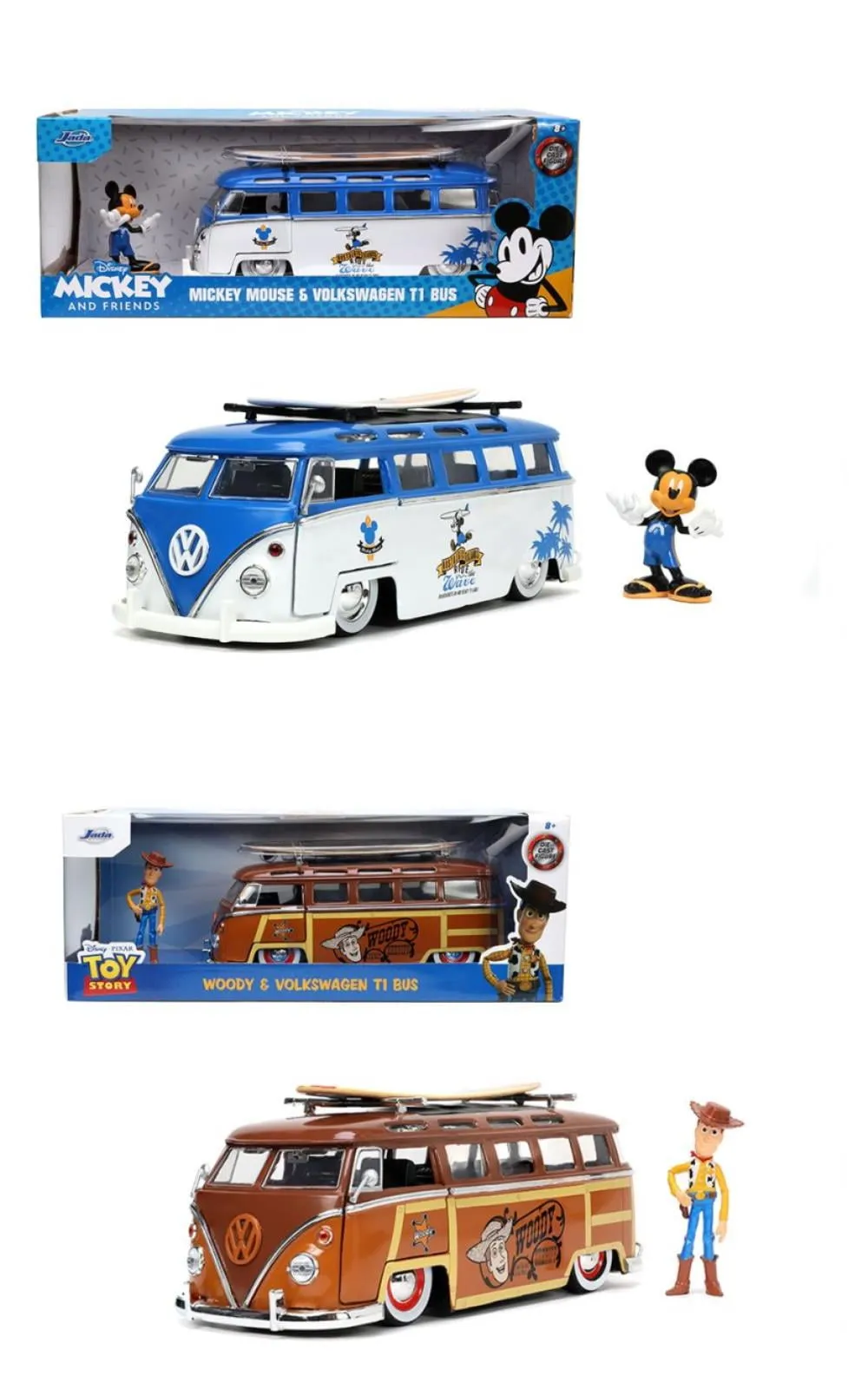
Collecting diecast model cars is a fulfilling hobby for many individuals. It offers the opportunity to curate a personalized collection that reflects individual interests, whether it’s classic cars, modern supercars, or specific makes and models. Collectors derive satisfaction from the hunt for rare models, the satisfaction of completing a series, and the joy of sharing their collections with others. The hobby fosters a sense of community among collectors, who often share knowledge, trade models, and participate in online forums and clubs. It’s a hobby that combines passion, knowledge, and social interaction, offering a satisfying way to engage with the world of automobiles.
Benefits of Collecting
The benefits of collecting diecast model cars extend beyond personal enjoyment. The hobby can enhance observational skills, attention to detail, and an understanding of automotive design and history. It provides a relaxing and engaging pastime, reducing stress and promoting mindfulness. Collectors can find a sense of community, sharing their passion with others. The collection can be a source of pride, a conversation starter, and a testament to one’s interests and achievements. Collecting diecast cars can be an investment, with certain models increasing in value over time, providing both financial and personal rewards.
Building Your Collection
Building a diecast model car collection is a journey of discovery and personal expression. It starts with a passion for cars and a desire to own miniature replicas of them. The process involves research, planning, and a sense of enjoyment. Collectors must decide on a budget, choose a scale, and select the themes and models that resonate with them. It’s essential to find reputable sources for purchasing models, such as online marketplaces, hobby shops, and diecast shows. Collecting diecast model cars is a rewarding pursuit, providing endless enjoyment and a tangible connection to the world of automobiles.
Set a Budget
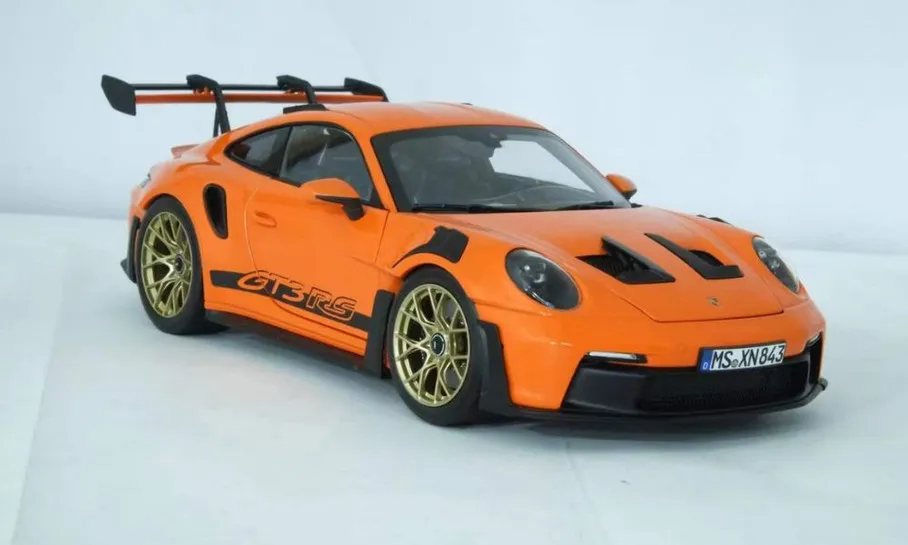
Setting a budget is the first and perhaps most important step when starting a diecast model car collection. Determine how much you’re willing to spend, considering both the initial investment and ongoing costs. Be realistic about what you can afford without overextending yourself. A well-defined budget helps in making informed decisions, preventing impulsive purchases, and ensuring the long-term sustainability of your collection. It will help you prioritize your purchases and focus on models that offer the best value for your money. Regularly review and adjust your budget as your collection grows, and your interests evolve.
Choose Your Scale
Choosing a scale is crucial to building a cohesive and visually appealing collection. The scale determines the size of the models relative to the actual cars. Popular scales include 1:64, 1:43, and 1:18. Each scale offers different levels of detail and size, which will impact the space needed for display and the overall cost of the models. Consider your available space, the level of detail you desire, and your budget when selecting a scale. Committing to a particular scale or a few scales will provide a sense of consistency to your collection.
Popular Scales for Diecast Cars
Several scales are popular among diecast model car collectors. 1:18 scale offers a high level of detail and is the largest common scale, making it popular for collectors who value accuracy and intricate features. 1:43 scale is a versatile scale, providing a good balance of detail and size, and it is widely available across many different makes and models. 1:64 scale is smaller and more affordable, making it popular for those who want to collect a wide variety of models without a large investment. The choice of scale is entirely personal, so research each scale before committing to one or more.
Research and Decide on Themes
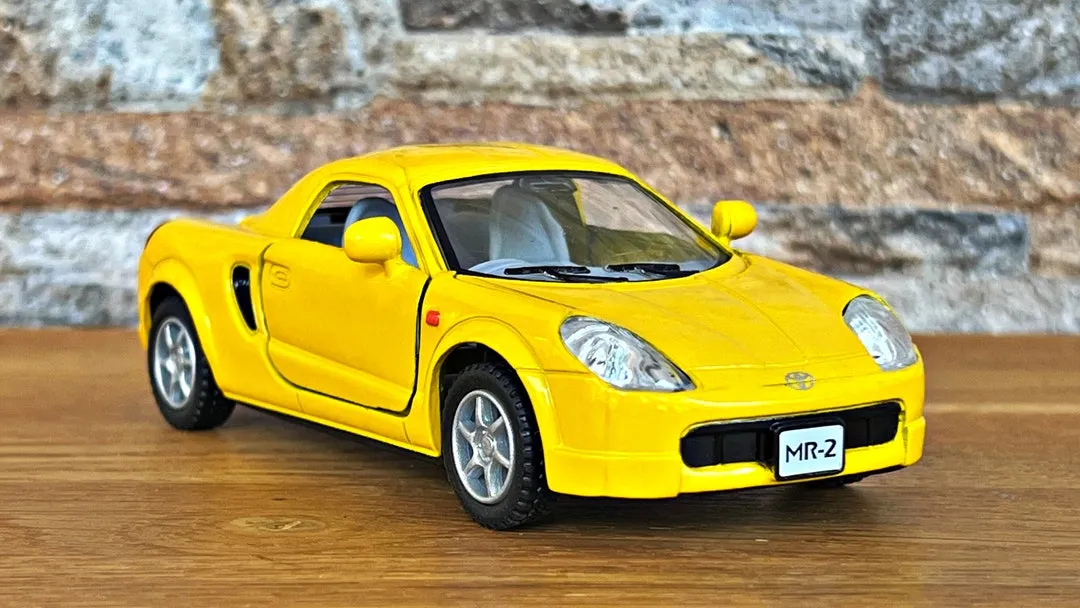
Deciding on themes will give your collection a sense of focus and purpose. Themes can be based on car manufacturers (e.g., Ferrari, Porsche), specific car models (e.g., Ford Mustang), historical periods, racing cars, or even fictional vehicles. Selecting themes makes your collection more manageable and provides a framework for your purchases. Research different themes, consider your personal interests, and select themes that align with your passion for cars. The theme can be broad or specific, allowing for creativity and a collection that reflects your unique tastes. Choosing themes helps make the collection more organized and gives it a unique identity.
Where to Buy Diecast Model Cars
Finding reputable sources is essential to building a successful diecast model car collection. There are several avenues available, each with its advantages and disadvantages. Online marketplaces, local hobby shops, and diecast shows offer diverse options for purchasing new and vintage models. It’s crucial to research sellers, compare prices, and understand the condition of the models before making a purchase. Authenticity and condition are important factors when selecting models, ensuring that you get the best value for your investment. Explore different options and consider the convenience, selection, and expertise offered by each source.
Online Marketplaces
Online marketplaces offer a vast selection of diecast model cars from various sellers worldwide. These platforms provide convenience, allowing collectors to browse and purchase models from the comfort of their homes. Many offer competitive pricing, extensive product listings, and user reviews. Online marketplaces are also good for finding rare or discontinued models. Ensure to research sellers, check their ratings, and understand the return and exchange policies before purchasing. Popular online marketplaces like eBay, Amazon, and specialist diecast retailers provide a diverse range of options for collectors.
Local Hobby Shops
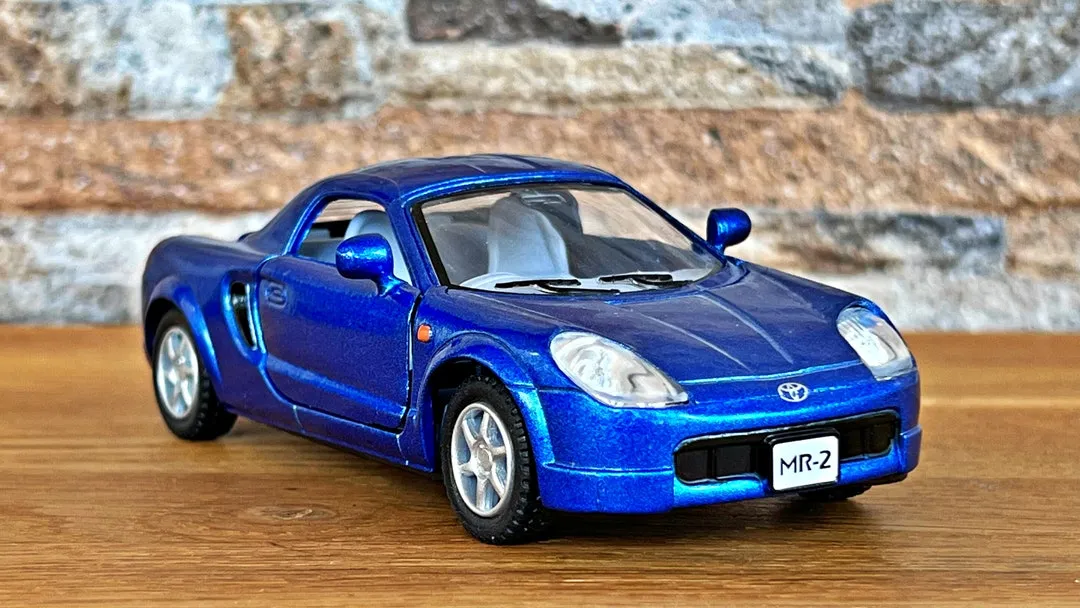
Local hobby shops provide a hands-on experience when buying diecast model cars, offering the opportunity to inspect models, get expert advice, and support local businesses. Hobby shops often stock a curated selection of models, which can be helpful for beginners or collectors looking for specific items. The staff in these shops is usually knowledgeable and willing to provide assistance. They may also host events, workshops, or club meetings, creating a sense of community. The ability to examine the models firsthand and build relationships with local experts can be a valuable aspect of building a collection.
Diecast Shows and Events
Diecast shows and events are a great way to expand your collection, network with other collectors, and discover rare or hard-to-find models. These events bring together sellers and collectors from different regions. They offer the opportunity to see models in person, negotiate prices, and learn more about the hobby. Diecast shows often host contests, displays, and educational sessions. Attending these events can be a valuable experience for any collector. They also provide an opportunity to trade and sell models, as well as connect with other enthusiasts and expand your knowledge of the diecast car world.
How to Care for Your Collection
Proper care ensures that your diecast model car collection remains in top condition. Maintaining the quality of your collection requires specific storage, cleaning, and display techniques. Proper storage protects the models from dust, moisture, and other environmental factors. Regular cleaning helps to remove dust and grime. Displaying models properly enhances their visual appeal and helps preserve their condition. Taking good care of your collection extends the lifespan and retains the value of each model. A little extra care will help ensure that your models remain in excellent condition for years to come.
Proper Storage
Proper storage is crucial for preserving the condition and value of diecast model cars. Store the models in a cool, dry place away from direct sunlight and extreme temperatures, which can cause damage over time. Consider using display cases, shelves, or cabinets to protect the models from dust and handling. If storing them in boxes, use archival-quality materials to prevent degradation. Avoid storing models in attics, basements, or areas with fluctuating humidity. Proper storage practices help ensure your models remain in pristine condition for many years.
Cleaning and Maintenance
Regular cleaning and maintenance are necessary for keeping your diecast model cars looking their best. Use a soft, lint-free cloth to gently wipe away dust and fingerprints. Avoid using harsh chemicals or abrasive cleaners, as they can damage the paint and decals. For more stubborn grime, use a mild soap solution, but be sure to test it on an inconspicuous area first. Use a small brush, like a paintbrush, to clean hard-to-reach areas. Regular maintenance will keep your collection clean and looking its best for years to come.
Displaying Your Collection
Displaying your diecast model car collection is an opportunity to showcase your passion and add visual interest to your space. There are various ways to display models, from glass-enclosed cabinets to open shelves and custom-built displays. Consider the lighting, background, and arrangement when creating your display. Arrange models thematically or chronologically, and provide information, such as the model’s make, year, and any special features. A well-designed display not only enhances the visual appeal of your collection but also adds a personal touch.
Showcasing Your Models
Showcasing your models is a great way to add interest and organization to your diecast model car collection. Consider using display cases, shelves, or shadow boxes to present your models. Position your collection where it can be easily admired. Use appropriate lighting to highlight details and enhance the visual appeal. Rotate your models periodically to keep the display fresh and exciting. Showcase your collection in a way that reflects your personality and the theme of your collection. Whether it’s a dedicated room, a living room display, or a corner shelf, the goal is to create a visually appealing and organized presentation.
Joining a Collector’s Club
Joining a collector’s club offers numerous benefits for diecast enthusiasts. It provides opportunities to connect with like-minded individuals, share knowledge, trade models, and learn about the hobby. Collector’s clubs often organize events, meetups, and discussions, providing valuable information and experiences. Joining a club can also provide access to exclusive models, discounts, and resources. Participating in a collector’s club enhances your experience and is an excellent way to deepen your passion for diecast model cars.
Benefits of Joining
Joining a collector’s club has several benefits, including access to a network of collectors, opportunities to learn more about the hobby, and potential access to rare models or discounts. Clubs usually organize meetings, events, and discussions where members can share their knowledge, trade models, and find support. Joining can provide a sense of community and shared passion. These clubs can be invaluable resources for both beginners and seasoned collectors, providing information, guidance, and connections that help to expand knowledge and appreciation.
Connecting with Other Collectors
Connecting with other collectors is essential for growing and enjoying the hobby of collecting diecast model cars. Build relationships with other collectors through local clubs, online forums, and diecast shows. Share your knowledge, exchange models, and learn from their expertise. Building relationships will lead to new experiences. Connecting with other enthusiasts is a rewarding experience, leading to a deeper appreciation for the hobby and a more extensive and fulfilling collection.
